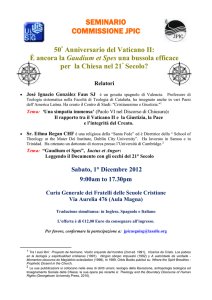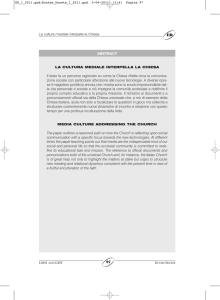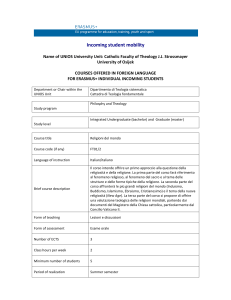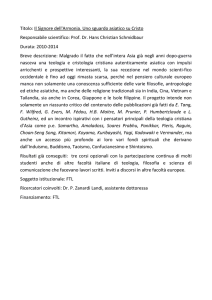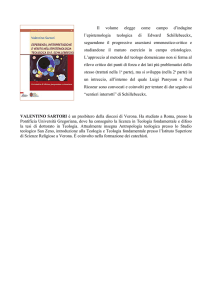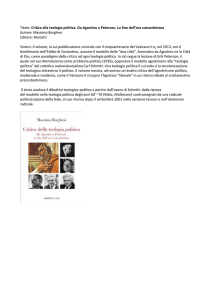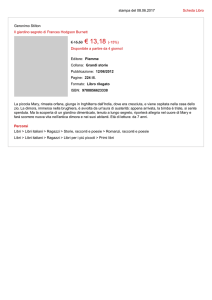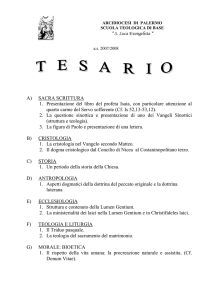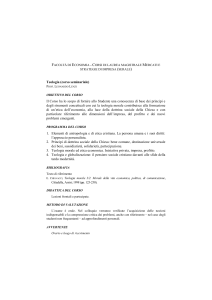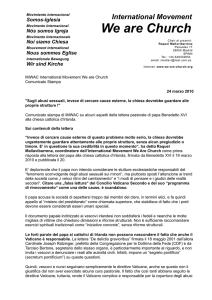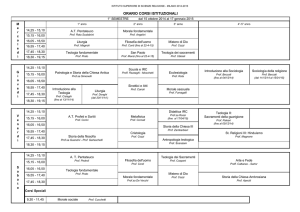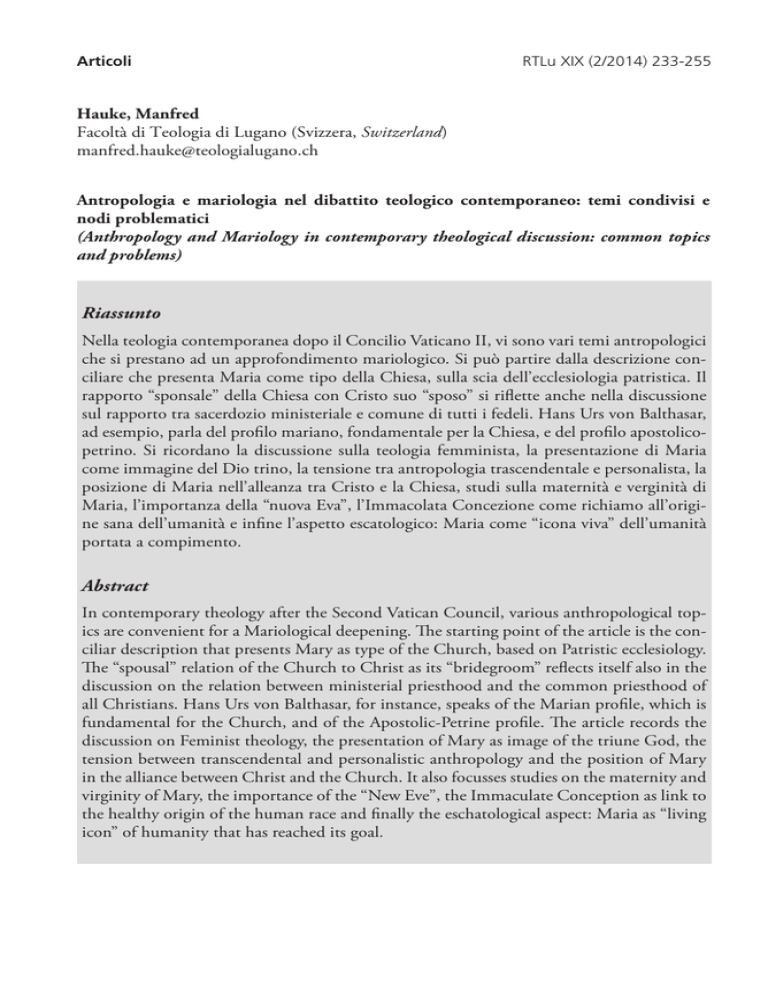
Articoli
RTLu XIX (2/2014) 233-255
Hauke, Manfred
Facoltà di Teologia di Lugano (Svizzera, Switzerland)
[email protected]
Antropologia e mariologia nel dibattito teologico contemporaneo: temi condivisi e
nodi problematici
(Anthropology and Mariology in contemporary theological discussion: common topics
and problems)
Riassunto
Nella teologia contemporanea dopo il Concilio Vaticano II, vi sono vari temi antropologici
che si prestano ad un approfondimento mariologico. Si può partire dalla descrizione conciliare che presenta Maria come tipo della Chiesa, sulla scia dell’ecclesiologia patristica. Il
rapporto “sponsale” della Chiesa con Cristo suo “sposo” si riflette anche nella discussione
sul rapporto tra sacerdozio ministeriale e comune di tutti i fedeli. Hans Urs von Balthasar,
ad esempio, parla del profilo mariano, fondamentale per la Chiesa, e del profilo apostolicopetrino. Si ricordano la discussione sulla teologia femminista, la presentazione di Maria
come immagine del Dio trino, la tensione tra antropologia trascendentale e personalista, la
posizione di Maria nell’alleanza tra Cristo e la Chiesa, studi sulla maternità e verginità di
Maria, l’importanza della “nuova Eva”, l’Immacolata Concezione come richiamo all’origine sana dell’umanità e infine l’aspetto escatologico: Maria come “icona viva” dell’umanità
portata a compimento.
Abstract
In contemporary theology after the Second Vatican Council, various anthropological topics are convenient for a Mariological deepening. The starting point of the article is the conciliar description that presents Mary as type of the Church, based on Patristic ecclesiology.
The “spousal” relation of the Church to Christ as its “bridegroom” reflects itself also in the
discussion on the relation between ministerial priesthood and the common priesthood of
all Christians. Hans Urs von Balthasar, for instance, speaks of the Marian profile, which is
fundamental for the Church, and of the Apostolic-Petrine profile. The article records the
discussion on Feminist theology, the presentation of Mary as image of the triune God, the
tension between transcendental and personalistic anthropology and the position of Mary
in the alliance between Christ and the Church. It also focusses studies on the maternity and
virginity of Mary, the importance of the “New Eve”, the Immaculate Conception as link to
the healthy origin of the human race and finally the eschatological aspect: Maria as “living
icon” of humanity that has reached its goal.

